The name Niccolò Paganini evokes images of a violinist whose technical prowess bordered on the supernatural. Among his most notorious contributions to the violin repertoire are the 24 Caprices, a set of solo pieces that continue to challenge even the most advanced players. While much has been said about the right-hand techniques—spiccato, ricochet, and flying staccato—the left-hand demands of these works are often overshadowed. Paganini’s Caprices push the boundaries of fingerboard navigation to extremes, requiring stretches and contractions that defy conventional physiological limits.
What makes the left-hand requirements in Paganini’s Caprices so daunting is not merely the speed or complexity but the sheer physicality of the stretches. In Caprice No. 1, for instance, the violinist must execute rapid arpeggios spanning tenths—a distance that forces the hand into an unnatural splay. The fourth finger must reach notes typically reserved for position shifts, while the first finger anchors the hand in a lower position. This creates a tension between stability and mobility, demanding both flexibility and strength from the tendons and ligaments. For many violinists, these passages are less about musicality and more about survival.
The physiological implications of such demands are profound. Violinists who attempt these stretches without adequate preparation risk overextension injuries, including tendonitis or even long-term joint damage. The hand’s anatomy simply isn’t designed for repetitive extreme extensions, particularly under the pressure of performance tempos. Some pedagogues argue that Paganini himself may have had a genetic advantage—a condition known as Marfan syndrome, which is associated with unusually long fingers and hypermobile joints. Whether or not this was the case, the Caprices remain a testament to the outer edges of human dexterity.
Modern violinists approach these challenges with a mix of reverence and pragmatism. Many employ micro-shifts or slight adjustments in finger angle to mitigate the strain, sacrificing perfect legato for physiological sustainability. Others, like the late Ruggiero Ricci, advocated for radical fingerings that reimagined Paganini’s original intentions to suit smaller hands. The debate over "authentic" execution versus adaptation underscores a fundamental tension in violin technique: how far should one push the body in service of art?
Beyond the physicality, there’s an artistic irony in Paganini’s left-hand demands. The very stretches that seem designed to intimidate also produce a sonority unattainable through conventional technique. Tenths, for example, create a resonant fullness on the violin, as the wider interval engages more of the string’s harmonic spectrum. The discomfort inflicted upon the player translates, paradoxically, into a visceral thrill for the listener. This duality—suffering for beauty—lies at the heart of Paganini’s legacy.
Contemporary research into biomechanics has begun to shed light on how elite violinists navigate these challenges. Studies using motion-capture technology reveal subtle compensatory mechanisms: a slight rotation of the wrist, a barely perceptible tilt of the fingerboard, or a momentary release of pressure between shifts. These micro-adjustments, often unconscious, allow the hand to "reset" during passages of extreme extension. It’s a reminder that technique is as much about economy as it is about force.
For aspiring violinists, the Caprices serve as both a rite of passage and a cautionary tale. Teachers emphasize the importance of gradual conditioning—stretching exercises that evolve over years, not weeks. The temptation to "muscle through" Paganini’s left-hand acrobatics can lead to career-ending injuries. Yet, for those who approach the music with patience and intelligence, the rewards are unparalleled. Mastering these passages instills a confidence that permeates all aspects of violin playing.
Paganini’s Caprices remain a frontier in violin literature, not just musically but physically. They force us to confront the limits of the human body while simultaneously expanding what we believe those limits to be. In an era obsessed with ergonomics and injury prevention, these works stand as a defiant reminder that art sometimes demands more than the body wishes to give. Perhaps that’s why, nearly two centuries after their composition, they continue to fascinate and terrify in equal measure.

By /Jul 17, 2025

By /Jul 17, 2025

By /Jul 17, 2025

By /Jul 17, 2025
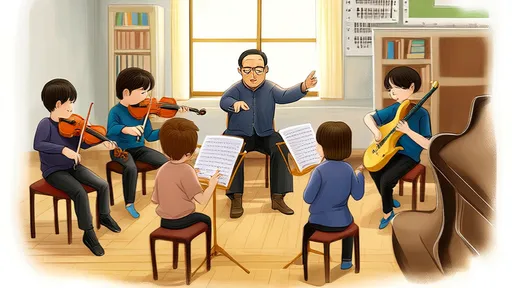
By /Jul 17, 2025

By /Jul 17, 2025

By /Jul 17, 2025

By /Jul 17, 2025
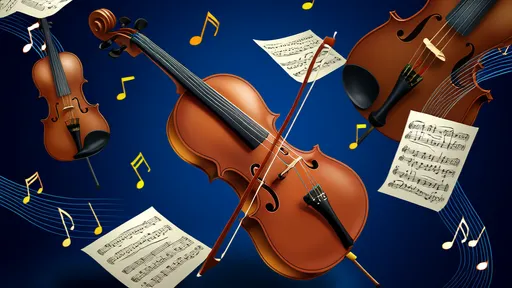
By /Jul 17, 2025
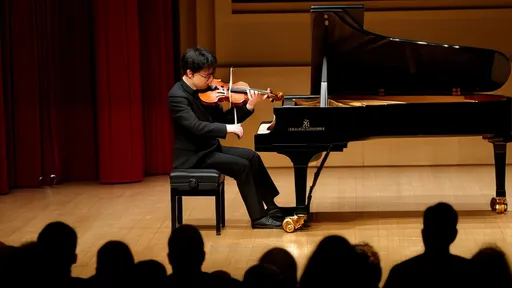
By /Jul 17, 2025
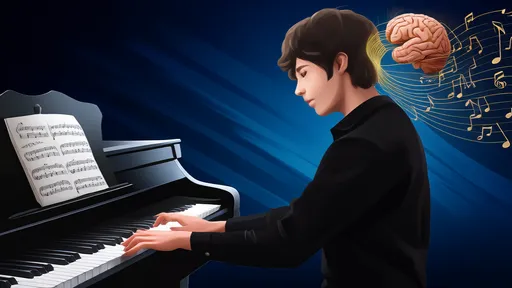
By /Jul 17, 2025
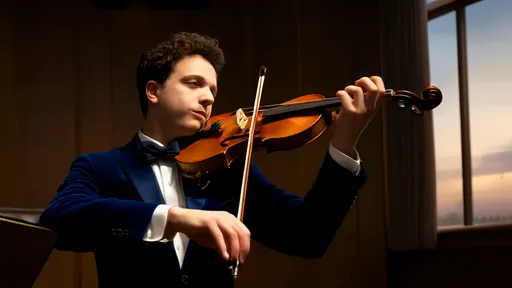
By /Jul 17, 2025

By /Jul 17, 2025

By /Jul 17, 2025

By /Jul 17, 2025
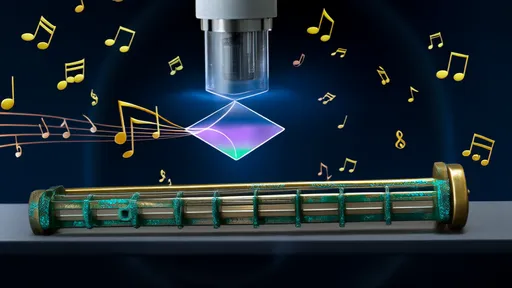
By /Jul 17, 2025
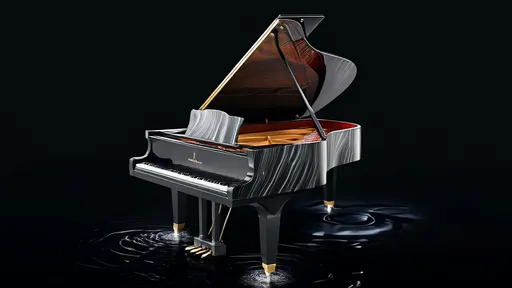
By /Jul 17, 2025

By /Jul 17, 2025